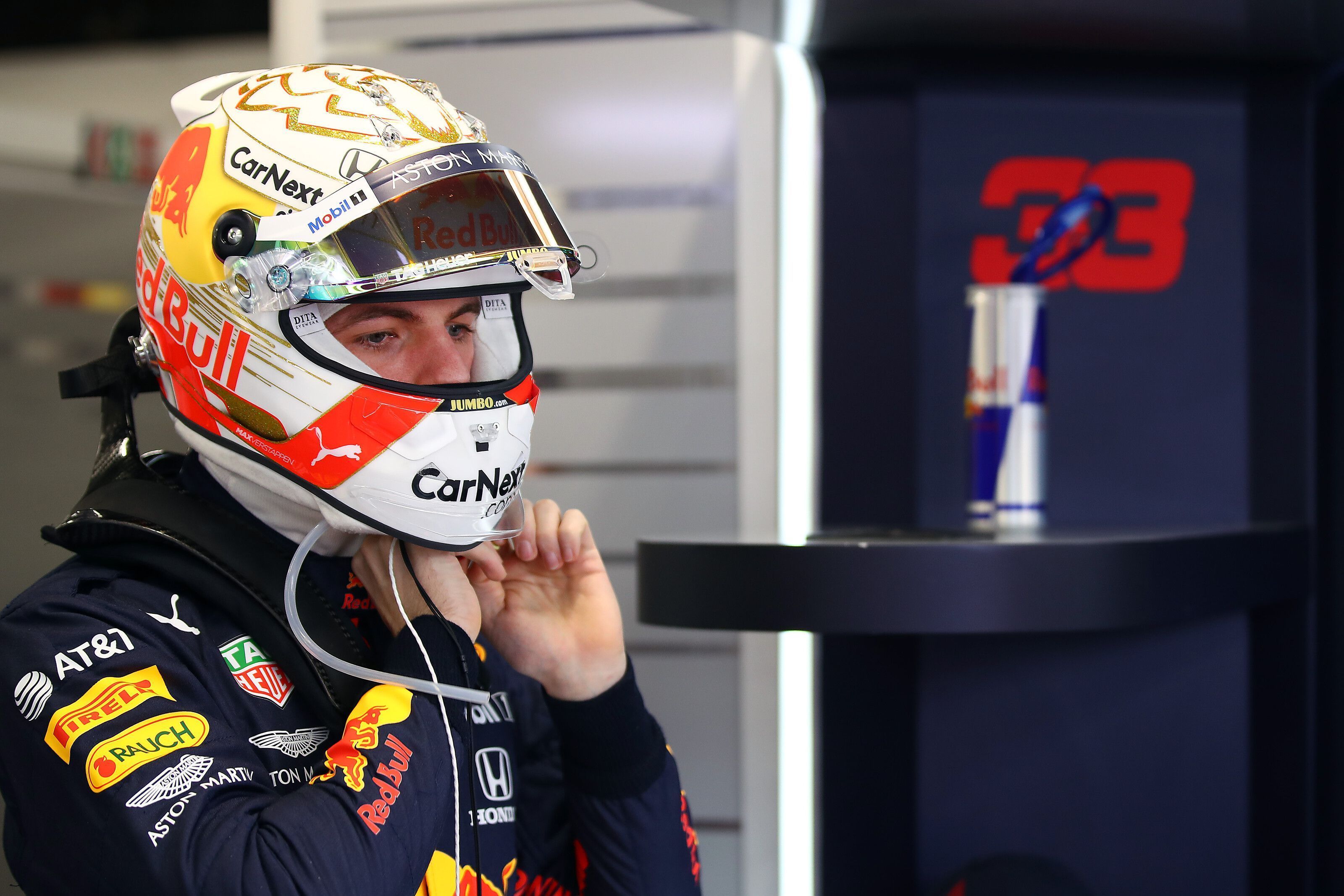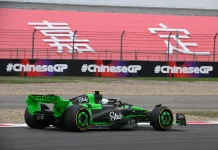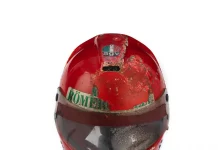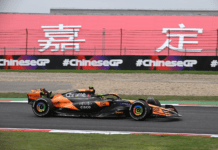The FIA has approved the weight change as it scraps helmet rule for 2020 F1 season, while it also clarifies certain 2021 technical rules.
The FIA announced new decisions of the World Motor Sport Council which met at Geneva. It revealed that a Crisis Group has been established to tackle the COVID-19 situation while it continues to monitor the day-to-day changes in the outbreak.
Additionally, it upheld its decision in the Ferrari matter as it took serious stance on the joint statement presented by seven F1 teams which questioned the governing body’s integrity. In a brief statement, it stated the following:
“The Council expressed unanimous support for the FIA President and the FIA Technical Department in regard to the overall management of the case, and strongly opposed any comments that undermine the reputation and image of the FIA and the Formula One World Championship.”
Outside the above, the FIA notified the car weight change from 745 kg to 746 kg for the 2020 F1 season due to the addition of new elements to monitor the Power Units. Also, it scrapped its helmet rule, where drivers were restricted to one design.
Leading drivers voiced their opinion regarding the rule where it limited them to one change per F1 season, which was made mandatory five years ago, but now will be removed from 2020 onward. It will allow for unrestricted variations for helmet design changes.
Also, it confirmed that the post-2020 F1 season test at Yas Marina Circuit in Abu Dhabi will be for the 18-inch tyres. It means, the teams will have to carry the mule car along with its current machine for a better understanding of the new tyres.
For 2021, the FIA noted several changes/clarifications to the technical regulations as it also gave its first look at the new financial regulations. Additionally, it signed Kulite as the official supplier for Power Unit pressure and temperature sensors for a three-year period.
The technical changes for 2021 are:
- Changes to the front wing profiles to prevent downwash which would have resulted in a severe compromise to the overall objectives to allow cars to race more closely
- Front wing endplates, top bodywork and rear wing endplates have been modified to give the teams more commercial space
- Drastic improvements to the strength and energy absorption of the chassis in front, lateral and rear impacts.
- A number of updates to considerably improve electrical (high voltage) safety on the cars
- Tethers will be mandated for rear wing and rear impact structures
Here’s latest from Ross Brawn on Australian GP, Bahrain GP and Vietnam GP
Here’s what FIA said on the joint statement



















